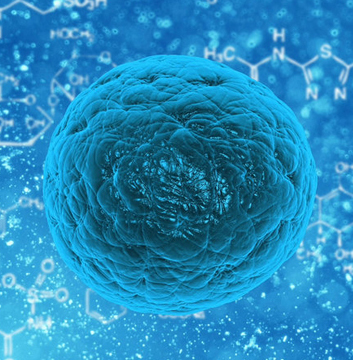
A new high-tech drug treatment for prostate cancer, which delivers a precisely targeted dose of radiation to cancer cells, can keep patients alive and healthy for longer, a new phase III trial reports.
The ‘search and destroy’ treatment could shrink tumours while leaving healthy cells unharmed and has the potential to change the current standard of care for some men with advanced prostate cancer.
The treatment, known technically as 177Lu-PSMA-617, uses a ‘homing device’ to seek out cancers by detecting the presence of a target molecule called prostate-specific membrane antigen (PSMA) on the surface of cancer cells. Once in contact, it delivers a radioactive payload to kill them. The new results from the VISION trial, led by an international group including researchers at The Institute of Cancer Research, London and The Royal Marsden NHS Foundation Trust, as well as the Memorial Sloan Kettering Cancer Center in the US, will be presented at the American Society of Clinical Oncology (ASCO) virtual annual meeting.
The target for the new treatment – a protein molecule called prostate-specific membrane antigen, or PSMA – is present at increased levels on the surface of cancer cells in some prostate cancer patients, and it is these men who can benefit from the treatment.
The clinical trial involved 831 participants with PSMA-positive advanced prostate cancer who had previously received at least one targeted hormone treatment – such as enzalutamide or abiraterone – alongside taxane chemotherapy.
Adding 177Lu-PSMA-617 to standard care extended patients’ lives by an average of 4 months. The median overall survival for patients who received 177Lu-PSMA-617 was 15.3 months compared with 11.3 months for those who received the standard of care alone.
The treatment also kept patients’ cancers in check for longer. The median length of time before patient’s cancer got worse, known as progression-free survival, was 8.7 months for those who were treated with 177Lu-PSMA-617 compared with 3.4 months for those treated with standard of care alone. The treatment was also well tolerated – with few patients reporting significant side effects.
Overall, men who received the new treatment were 38 per cent less likely to die during the 20.9-month follow-up than those who received the current standard of care alone.
It is estimated that a third to a half of the 10,000 men a year diagnosed with advanced prostate cancer have tumours with high levels of PSMA and could therefore benefit from the treatment.
The amount of PSMA on the surface of cancer cells is more than four times higher in tumours where there are also faults in DNA repair genes. This is because PSMA plays a key role in keeping the genome in cells stable and researchers believe that tumours produce it as a survival mechanism where they are defective in repairing their DNA.
Two years ago, researchers at the ICR discovered that they could test for genetic faults in DNA repair genes as a first-stage screen to pick out patients who are likely to benefit from PSMA-targeted treatment.
Today’s highly anticipated findings are the first to show that the new ‘search and destroy’ treatment can prolong survival in these men.
